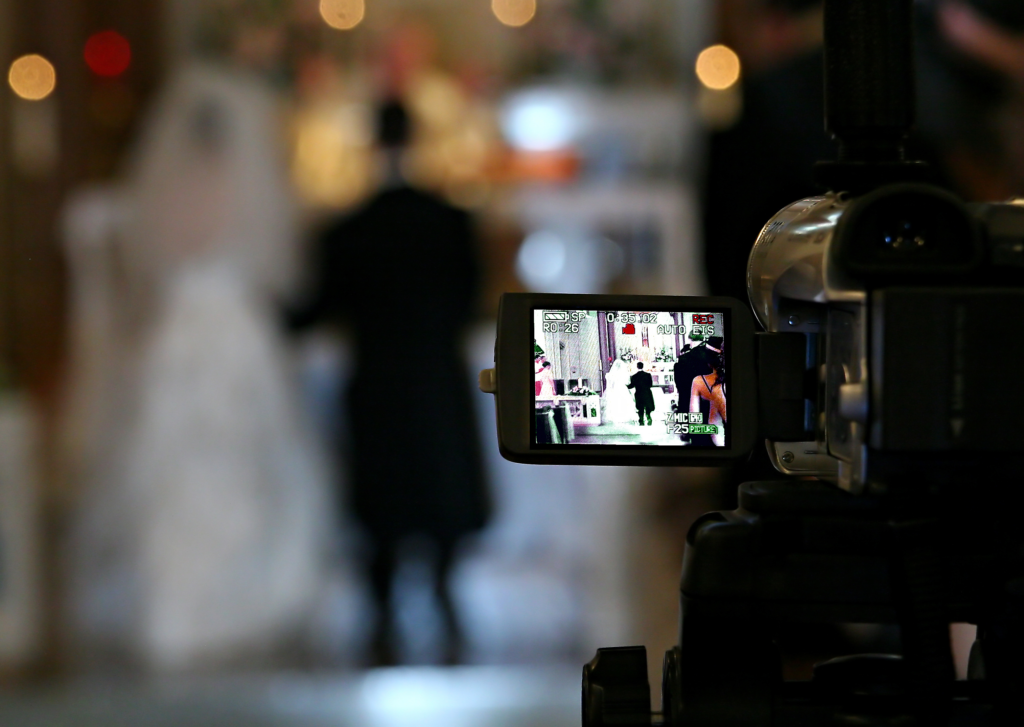
Cinematography is the art of visual storytelling in film and television. It involves the creative and technical aspects of capturing moving images on camera, shaping the visual aesthetic, mood, and atmosphere of a film. As a crucial element of filmmaking, cinematography combines the skills of a camera operator, lighting expert, and visual artist to bring a director’s vision to life. This guide explores the fundamental aspects of cinematography, including its history, techniques, equipment, and the role of the cinematographer.
A Brief History of Cinematography
Cinematography has evolved significantly since the late 19th century when the Lumière brothers invented the Cinématographe, a device that could record, develop, and project motion pictures. Early pioneers like Georges Méliès and D.W. Griffith expanded the visual language of film, introducing techniques such as multiple exposures, time-lapse photography, and cross-cutting.
The transition from silent films to talkies in the late 1920s brought new challenges and opportunities for cinematographers, who had to adapt to sound recording technologies while continuing to develop visual storytelling techniques. The advent of color film in the 1930s further revolutionized cinematography, with films like “The Wizard of Oz” and “Gone with the Wind” showcasing the dramatic potential of color.
In the digital age, cinematography has undergone another transformation. Digital cameras and computer-generated imagery (CGI) have expanded the possibilities for visual storytelling, allowing for greater flexibility and creativity in film production.
The Role of the Cinematographer
The cinematographer, also known as the director of photography (DP), is responsible for the overall visual look of a film. This involves collaborating closely with the director to determine the aesthetic style and visual narrative. Key responsibilities of the cinematographer include:
- Choosing Camera Equipment: Selecting the appropriate cameras, lenses, and other equipment based on the project’s requirements.
- Framing and Composition: Deciding how each shot is framed and composed, including the positioning of actors and objects within the frame.
- Lighting Design: Creating the lighting setup to achieve the desired mood, atmosphere, and visual style. This involves balancing natural and artificial light sources and using various lighting techniques.
- Camera Movement: Determining the movement of the camera, whether it’s static, panning, tilting, or moving along tracks or with a handheld rig.
- Color Grading: Working with colorists in post-production to fine-tune the color palette and ensure visual consistency across the film.
Essential Cinematography Techniques
- Shot Types: Cinematographers use a variety of shot types to convey different emotions and narrative elements. These include wide shots, medium shots, close-ups, and extreme close-ups, each serving a unique purpose in storytelling.
- Camera Angles: The angle of the camera can significantly affect how a scene is perceived. Low angles can make a subject appear powerful or menacing, while high angles can make them seem vulnerable or insignificant.
- Lighting Techniques: Lighting is crucial in setting the tone and mood of a film. Key lighting techniques include three-point lighting (key light, fill light, backlight), natural lighting, and chiaroscuro (contrast between light and dark).
- Camera Movement: Movement can add dynamism and depth to a scene. Common techniques include dolly shots, crane shots, steadicam shots, and handheld shots. Each type of movement serves to enhance the storytelling in different ways.
- Depth of Field: Controlling the depth of field allows cinematographers to emphasize certain elements within a frame. A shallow depth of field can isolate a subject from the background, while a deep depth of field keeps the entire scene in focus.
Cinematography Equipment
- Cameras: From traditional film cameras to modern digital ones, the choice of camera impacts the resolution, frame rate, and overall quality of the footage.
- Lenses: Different lenses (wide-angle, telephoto, prime, and zoom) offer varying focal lengths and apertures, influencing the composition and depth of field.
- Lighting Gear: Includes various types of lights (LEDs, HMIs, tungsten), diffusers, reflectors, and other accessories to control and shape light.
- Camera Support: Tripods, dollies, cranes, and stabilizers help achieve stable and smooth camera movements.
- Filters and Rigs: Filters can alter the look of the footage by adjusting colors, reducing glare, or creating special effects. Rigs and mounts allow for unique camera placements and movements.
Conclusion
Cinematography is a vital and multifaceted component of filmmaking, blending artistic vision with technical skill to create compelling visual narratives. The evolution of cinematography, from early silent films to the digital age, reflects the ever-changing landscape of film technology and storytelling techniques. Whether you’re an aspiring filmmaker or a cinema enthusiast, understanding the intricacies of cinematography can deepen your appreciation for the visual art form and its power to tell stories that resonate with audiences around the world.
4o








